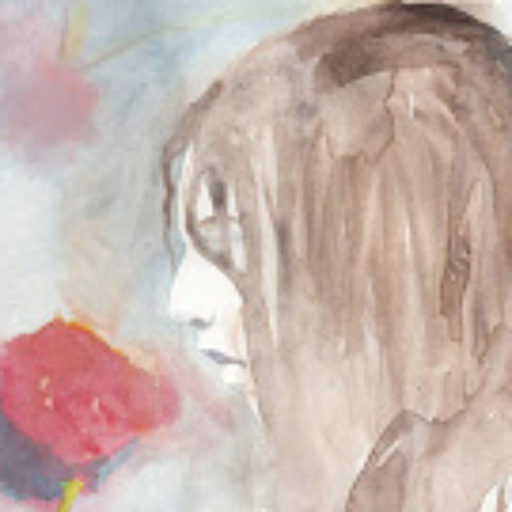Year 2 of MFA. Critical Paper #1
So what lessons can I take away from Stewart O’Nan’s Last Night At The Lobster as a writer studying other writers to become a better writer? I couldn’t sympathize with the main character. In fact, I found him annoying. I didn’t feel like the no-plot plot worked. So, what is there to draw from? I’m mulling over this. In fact, it’s making me a little crazy, because I have to get this paper written, after all. And then I remember. I remember the hope and wonder I’d felt as I read the first three pages, thinking that this was going to be a really great book. So, I look at those pages. What do I see? I see a lot. How O’Nan creates mood through imagery in these opening passages and in truth, throughout the entire novel, is wow—super cool.
Mall traffic on a gray winter’s day, stalled. Midmorning and the streetlights are still on, weakly. Scattered flakes drift down like ash, but for now the roads are dry. It’s the holidays—a garbage truck stopped at the light has a big wreath wired to its grille, complete with a red velvet bow. The turning lane waits for the green arrow above to blink on, and a line of salted cars takes a left into the mall entrance, splitting as the sniff for parking spots.
One goes on alone across the far vastness of the lot, where a bulldozed mound of old snow towers like a dirty iceberg. A white shitbox of a buick, the kind a grandmother might leave behind, the driver’s door missing a strip of molding. The Regal keeps to the designated lane along the edge, stopping at the stop sign, though there’s nothing out here but empty spaces, and off in a distant corner, as if anchoring the lot, the Regal’s destination, a dark stick-framed box with its own segregated parking and unlit sign facing the highway—a Red Lobster. (1)
The dominant color of the scene is gray. Even the white is a dirty white (grayish). The one color that stands out in this is a blinking green arrow and a red velvet bow, highlight the fact that things are just not all that gay for some on this particular Christmas holiday. Words like stalled, weakly, drift, waits, stopped, empty, and distant contribute to the lifeless feel of this scene. And it is truly lifeless! There are cars, a few, moving slow, but their drivers are not mentioned. , these cars seem to move on their own, without feeling or intention. The one lifelike description of the cars that move into and around this mall parking lot is contained in the line “splitting as they sniffed for parking spots”, which is a very basic, small-brained function of life. The Red Lobster, the place where the rest of the story will take place is described as a “dark stick-framed box”. How stifled! How bleak! A garbage truck ironically adorned with a brightly colored bow, a “shitbox of a buick”, things are broken, creaping along the edges, moving in dull, lifeless patterns.
This level of description is consistent throughout. I was drawn in to the description of the restaurant. It reminded me of the many jobs I’ve had in the food service industry. O’Nan got so many details right. The coddling mother, the spoiled child, the retired teacher ( a regular there), the retiree sitting at the head of a large party of guests—all these people– these scenes–added to the bleakness, the pointless routine, the unconscious way we can go about our lives, “From here it’s all checklist. He turns up the house lights, turns on the fake-stained glass lamps over the tables in all four sections…Window by window he gently tugs on the cords and lets in the gray light of day” (29). Within each scene, as in this one, the question seems to be, where is the hope? where is the light? So, in the end, I think I can take much from this book, though I didn’t love the story. You see, in this second draft I’m working on, I’m interested in expanding scenes. It seems to me that my first draft is rather skeletal at times. I wrote the first time through terrified that there would be no end when I got to the end, and so wrote just the bones of the story down. So, as I’m working on this second draft, I want to keep these questions in mind. What mood does this scene convey and why? How does is this scene important beyond just what happens—how does it contribute to a larger theme?
Interested in hiring me as a coach to get you boosted with your writing goals?
Find free resources and information here.
Some past posts to keep you making time:
Adjust your pace accordingly.
It’s about the routine and how you shake up the routine
There are things you will have to give up
See it to achieve it
Washing the dishes
Write slowly
A celebration of the pause
Monday, a run through the driving rain
Zen accident
Get out of your comfort zone
